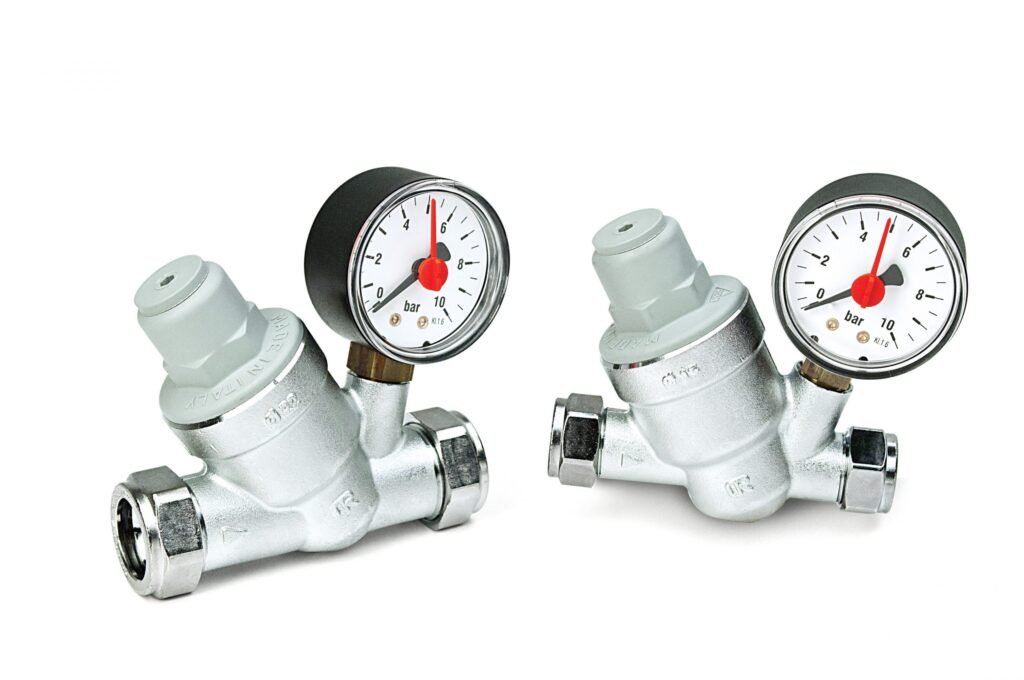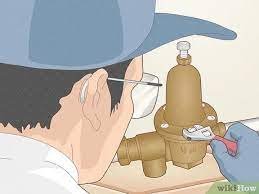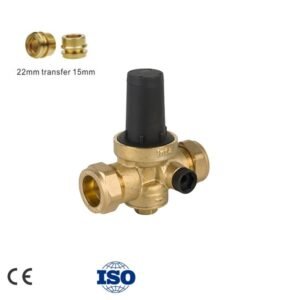Water pressure in your home or commercial building plays a critical role in ensuring a comfortable and safe environment. High water pressure, while might seem beneficial for a powerful shower, can actually lead to significant issues including pipe damage, leaks, and inefficient water usage. This is where a water pressure reducing valve (PRV) becomes an indispensable component of your plumbing system. In this article, we’ll delve into the importance of water pressure reducing valves, how they work, and why your facility might need one.
Understanding Water Pressure
Water pressure is the force that propels water through your plumbing system. It’s measured in pounds per square inch (psi) or bars, with the ideal range for residential buildings being between 40 to 60 psi. However, water pressure can exceed this range for a variety of reasons, such as municipal supply changes or when a building is located downhill from a water source. High water pressure, above 60 psi, can cause undue stress on your plumbing system, leading to potential failures and increased water consumption.
The Role of a Pressure Reducing Valve
A pressure reducing valve is a specialized plumbing device designed to automatically reduce the water pressure entering your building to a safer, more manageable level. It’s installed at the main water supply line and features an adjustable spring-loaded diaphragm that contracts or expands to modulate the flow of water, thereby controlling pressure. By maintaining a constant outlet pressure that is safe for your plumbing system, a PRV can significantly reduce the risk of pipe bursts, leakages, and appliance damage.

Benefits of Installing a PRV
- Protection for Plumbing Systems: High water pressure can strain pipes, joints, and fixtures, leading to leaks or bursts. A PRV reduces this risk by keeping pressure at a safe level.
- Water Conservation: Lowering water pressure reduces the flow rate from taps and fixtures, leading to less water usage and lower utility bills.
- Appliance Lifespan: Appliances such as water heaters, washing machines, and dishwashers can suffer from high water pressure. A PRV extends their lifespan by ensuring they operate under optimal conditions.
- Noise Reduction: High pressure can cause noises in the plumbing system. A PRV helps in maintaining a quieter, more peaceful environment.
Do You Need a Water Pressure Reducing Valve?
Determining the need for a PRV starts with monitoring your water pressure. If you consistently experience pressures above 60 psi, it’s advisable to consider installing a PRV. Additionally, if you notice frequent leakages, noisy pipes, or if your water bill is unusually high, these could be signs that your water pressure is too high.
Installation Considerations
The installation of a PRV should be conducted by a professional plumber to ensure it’s set to the appropriate pressure level for your specific needs. It’s also important to regularly maintain and check the valve for optimal performance. Some modern PRVs come with features such as strainers to filter out debris and built-in pressure gauges for easy monitoring.
Conclusion
A water pressure reducing valve is a critical component in maintaining the integrity and efficiency of your plumbing system. By ensuring that water pressure remains within a safe range, you can protect your pipes, conserve water, extend the lifespan of your appliances, and save on utility costs. If you suspect that your water pressure is too high, consulting with a professional plumber to discuss the installation of a PRV is a wise step towards safeguarding your property.
FAQs
- Can a PRV increase water pressure?
No, a PRV is designed to reduce and regulate incoming water pressure, not to increase it. - How often should a PRV be replaced?
The lifespan of a PRV can vary, but it’s generally recommended to inspect it every 3 to 5 years and replace it if necessary. - Will installing a PRV affect my water bill?
Yes, by reducing water flow, a PRV can help lower your water consumption and, consequently, your water bill. - Can I install a PRV myself?
While it’s possible for those with plumbing experience, it’s recommended to have a PRV installed by a professional plumber to ensure it’s correctly adjusted for your system.
Further Reading
- Heape Valves: Known for their precision and reliability, Heape valves offer a range of pressure reducing valves suitable for various applications, adhering to international standards like ISO9001 and ensuring quality performance.
- Watts Valves: Watts provides a comprehensive lineup of water pressure reducing valves, including models with test levers and extension thermostats for easy installation and maintenance.
- Installation Guides: For detailed installation instructions and specifications on thermostatic mixing valves and pressure reducing valves, refer to the Heape Valve installation guide.






